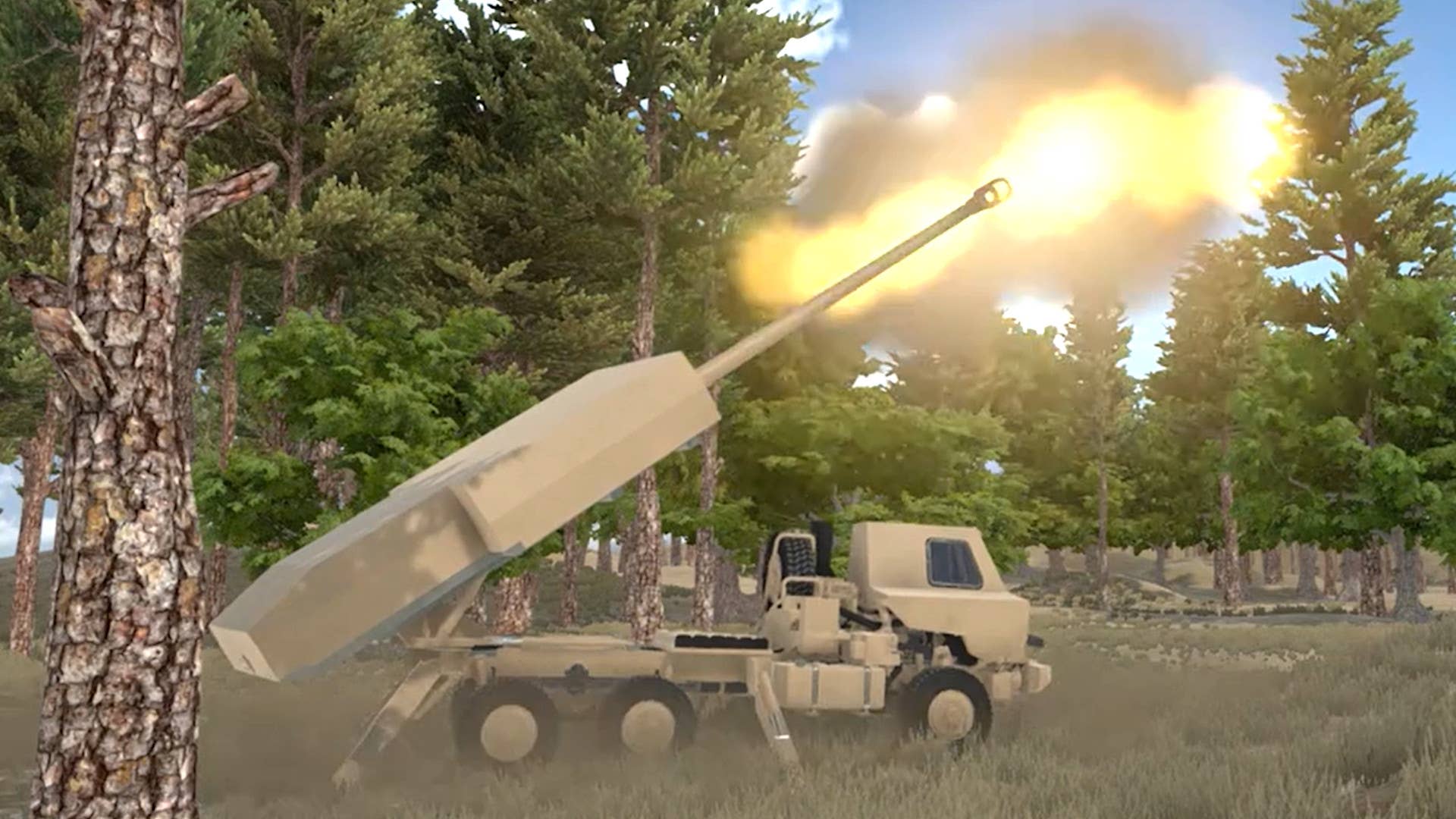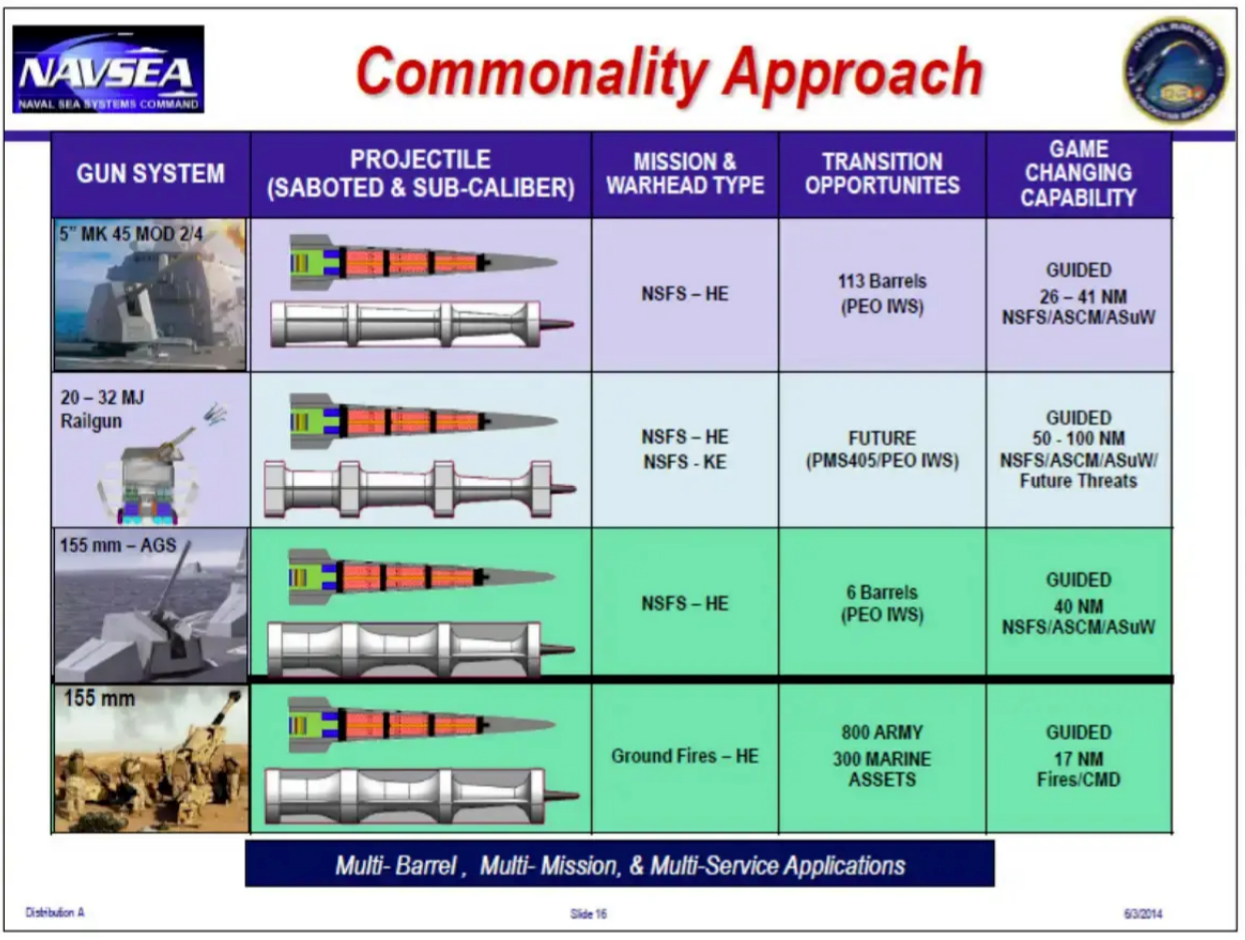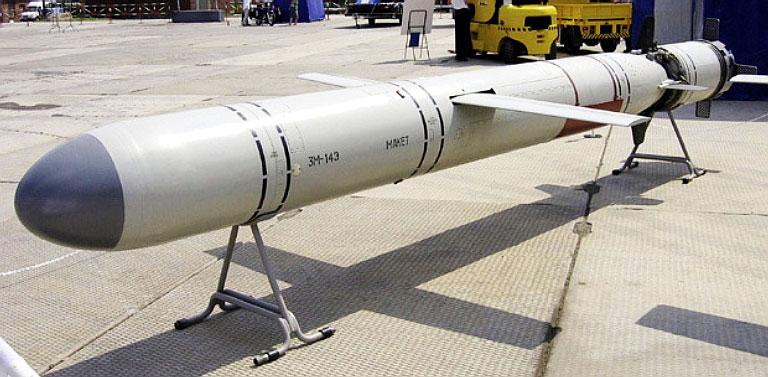The US Air Force (USAF) is seeking funds to develop a self-propelled gun for shooting down incoming cruise missiles, according to the service’s budget request for the 2023 Fiscal Year.
‘Surgical Strikes’ On Pakistan – China’s Firebrand, State Media Journalist Calls For Action On Pak-Based Militants
The proposed budget for the FY23 asks for almost $89.1 million to support various “lifecycle prototyping” activities, including the construction of ” a C-130 transportable/deployable Hypervelocity Ground Weapon System (HGWS) prototype,” while it is unclear what portion of that funding will be particularly allocated for the HGWS effort.
While the budget proposal does not offer any specific details about the USAF’s requirement for the HGWS, the basic description of the weapons is similar to a concept for a base defense system unveiled by the Air Force Research Laboratory (AFRL) at the Air and Space Forces Associations’ annual Air, Space, and Cyber Conference last year.
It is called the ‘Multi-Domain Artillery Cannon’ (MADC) which is a C-130-transportable large-caliber gun mounted on 6×6 wheeled chassis. According to AFRL’s video, the gun would feature a high rate of fire and high muzzle velocity.

The vehicle design has a configuration similar to various wheeled self-propelled 155mm howitzers that feature automated semi-automatic loading systems with relatively high rates of fire, particularly reminding in part of the Swedish Archer, which BAE Systems’ Bofors division claims can be emplaced, fire four rounds, and then be on the move again all within 74 seconds.
Hyper-Velocity Projectile (HVP)
Reports suggest that MADC could use the hypervelocity projectile (HVP), ammunition capable of reaching speeds up to Mach 5 – 5 times the speed of sound – originally developed by the BAE systems for the US Navy’s use in electromagnetic railguns, as well as 5-inch naval guns and 155mm howitzers, however, the program was later aborted.
Mystery Fighter Pilot Who “Shot-Down” Several Russian Warplanes Over Ukraine Officially Identified
The AFRL displayed a model of the HVP at the 2021 Air and Space Forces Association conference as an example of what the MDAC would likely fire.
Also, in 2020, the USAF in cooperation with the US Army demonstrated the use of HVP during a test event which involved a prototype of the Army’s XM1299 tracked self-propelled 155 mm howitzer firing the HVP to shoot down a BQM-167 target drone as a substitute for a subsonic cruise missile.
“Tanks shooting down cruise missiles is awesome,” Dr. Will Roper, the then assistant secretary of the Air Force for acquisition, technology, and logistics, said after the test about the self-propelled howitzer’s successful intercept of the BQM-167.
The HPV could offer a low cost per engagement solution as compared to the traditional cruise missile defense capabilities such as surface to air missiles, as the HVP would only cost around $85,000 apiece, according to Vince Sabio, the HVP Program manager, whereas a standard missile interceptor costs several million dollars apiece.

Also, based on Archer’s 21-round magazine, a single HGWS/MDAC vehicle could probably have more rounds at the ready than a typical ground-based missile launcher.
HGWS Development
HGWS has been in development for eight years through the Pentagon’s secretive Strategic Capabilities Office (SCO) which is also seeking $151 million in the Defense Department’s overall FY23 budget request as part of a larger portfolio of work on what is described as “Advanced Innovative Technologies.”
SCO received $3 million and $20 million in funding for HGWS research and development in FY21 and FY22, respectively.
SCO’s goals for the HGWS program in the 2022 Fiscal Year were to “support Pre-Engineering & Manufacturing Development (EMD) activities for the radar, gun, fire direction, and projectile related to transition efforts. It remains unknown if these objectives were met or not.
As for FY23, the budget request describes, “The HGWS project will support initiation of the Engineering & Manufacturing Development (EMD) phase in preparation for transition efforts.”
Threat From Russian Kalibr Cruise Missile
Of late, there has been an increasing concern about cruise missile threats to the US posed by near-peer adversaries, such as Russia, which has prompted efforts relating to the protection of sensitive military facilities and other critical infrastructure from cruise missile strikes.
According to a study by the Congressional Budget Office (CBO), a domestic cruise missile defense umbrella could be overwhelmed by advanced threats such as the land-attack variant (LACM) of the Russian-made Kalibr cruise missile.

Reports indicate that there are more than a dozen different variants in the Kalibr missile family, varying in launch platform, range, target profile, and speed, varying in length from six to nine meters, but all packing a 990-pound warhead or a nuclear payload.
“A raid consisting of many [land-attack cruise missiles] could overwhelm them. For example, a Yasen-class guided missile submarine in the Russian Navy can reportedly carry up to 32 LACM (3M-14 Kalibr or NATO reporting name: SS-N-30) in its eight vertical launchers”, the CBO noted in its study early last year.
Also, Admiral Phil Davidson, the former Commander of US Indo-Pacific Command (USINDOPACOM), told Congress in written testimony last year that Russia’s Kalibr cruise missile fielded across the Russian Pacific fleet could offset US military power.
“We expect the Russian Pacific Fleet will add its first Kalibr cruise missile-capable ships and submarines to its inventory in 2021, giving it substantially increased anti-ship capabilities and the ability to conduct long-range strikes against land targets for the first time,” Davidson said.
Russia’s Strategy Of Active Defense
While much is written about Russia’s defensive missile capabilities for its strategy of anti-access/area-denial (A2/AD) and bastion defense, there is also an offensive or “active defensive” aspect to the 21st-century Russian warfighting at the tactical, operational, and strategic levels of war which has been witnessed during the ongoing Ukraine war.
A recent article featured in the latest edition of US Naval Institute’s monthly magazine highlighted the role of the Russian Navy and the Kalibr cruise missiles in maintaining strategic deterrence against NATO during the current conflict in Ukraine.
#war The moment when the SS-N-30 cruise missile hit one of the military warehouse near Odessa, ??#Ukraine pic.twitter.com/tVWLLkx9Pc
— Capt(N) (@Capt_Navy) February 24, 2022
The article notes that there has been no significant naval combat in the current Ukraine war, and the Russian Navy has not played a central role outside of a handful of actions, however, it has played a crucial strategic deterrence role against NATO.
Furthermore, the article highlights the reported presence of five Kalibr-capable vessels operating among the 15 Russian Navy warships in the Mediterranean, as of late March, suggesting that Moscow is instead using its Navy for a strategic deterrence mission against NATO, including the threat of land attack, while it fights its war against Ukraine.
There have been several reports of widespread usage of Kalibr missiles by the Russian military in strikes against critical land-based targets across Ukraine.
- Written by Tanmay Kadam/EurAsian Times Desk
- Contact the author at etdesk@eurasiantimes.com
- Follow EurAsian Times on Google News




